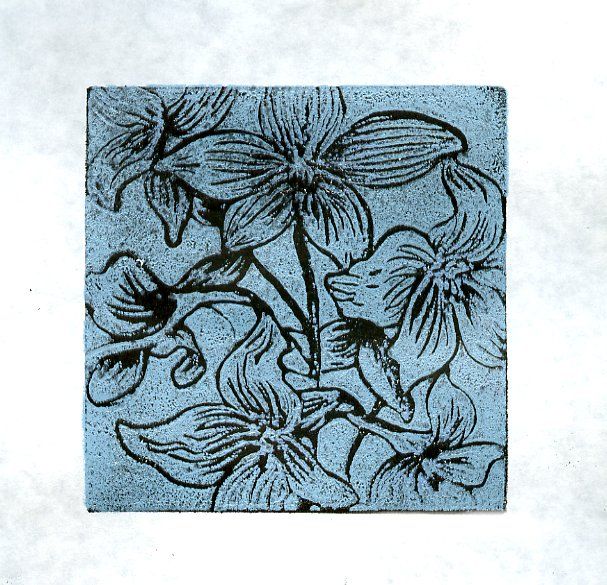Exploring the Intricacies of Lithography as a Monoprint Technique

Lithography, as an artistic printmaking technique, has long been revered for its versatility and unique qualities. In recent years, a particular aspect of lithography has gained attention in the art world - monoprinting. This blog post aims to delve into the intricacies of lithography as a monoprint technique, shedding light on its characteristics, applications, and the creative possibilities it offers.
Monoprinting, in essence, refers to the creation of a single, one-of-a-kind print from a lithographic plate. Unlike traditional lithography, where multiple prints can be made from a single plate, monoprinting allows artists to produce a singular image, making each print truly unique. This technique combines the precision and control of lithography with the spontaneity and unpredictability of other printmaking methods, resulting in visually captivating and expressive artworks.
One of the defining features of monoprinting is the ability to create a wide range of textures and effects. Artists can manipulate the lithographic plate by applying various materials such as ink, paint, or even collage elements. By experimenting with different techniques, such as wiping, scraping, or stenciling, artists can achieve intricate and multi-layered compositions. The resulting prints often possess a sense of depth, richness, and complexity that is difficult to replicate through other means.
The applications of monoprinting in the art world are vast and diverse. Many artists utilize this technique to explore themes of spontaneity, improvisation, and the ephemeral nature of art. The unique qualities of monoprints make them highly sought after by collectors and art enthusiasts alike. Galleries and museums frequently showcase monoprints due to their aesthetic appeal and the sense of exclusivity they embody.
Moreover, monoprinting offers artists a platform for experimentation and innovation. The combination of lithography's technical precision and the freedom to create one-of-a-kind prints allows for endless possibilities. Artists can push the boundaries of traditional printmaking by incorporating mixed media, exploring unconventional materials, or even integrating digital elements into their monoprints. This fusion of traditional and contemporary approaches opens up new avenues for artistic expression and pushes the boundaries of what is considered possible within the realm of printmaking.
In conclusion, lithography as a monoprint technique offers artists a unique and captivating way to create one-of-a-kind prints. The combination of lithography's precision and the spontaneity of monoprinting results in visually stunning and expressive artworks. With its diverse applications and potential for experimentation, monoprinting continues to captivate artists and art enthusiasts alike. Whether it be exploring themes of spontaneity or pushing the boundaries of traditional printmaking, monoprinting remains a dynamic and exciting avenue for artistic expression.



